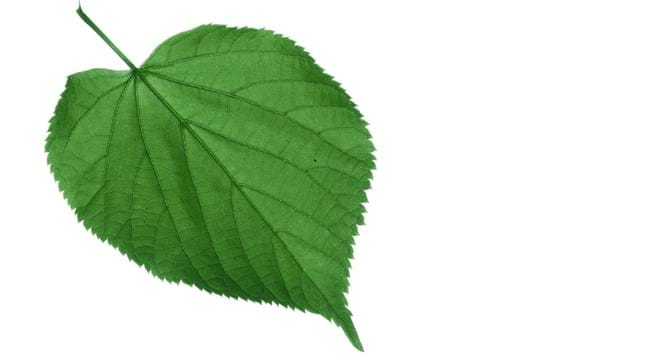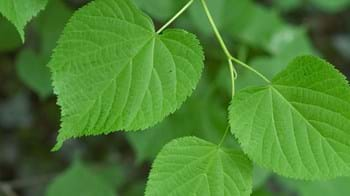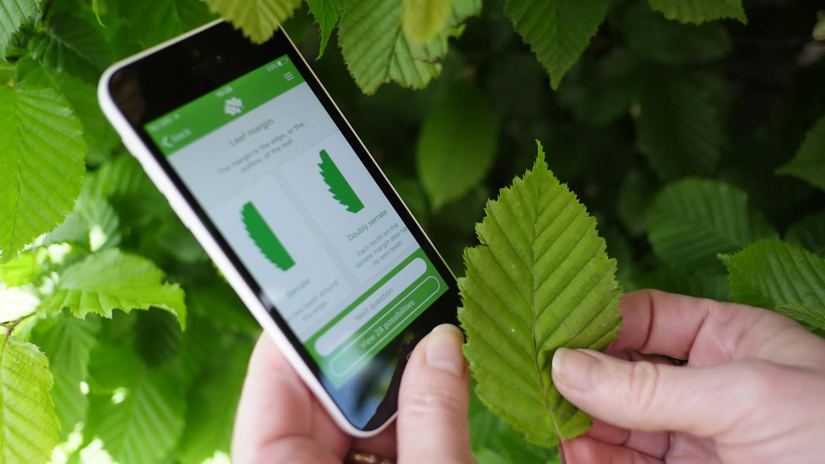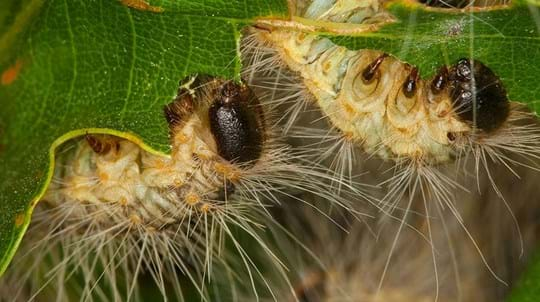
Credit: Nature Photographers Ltd / WTML
Leaves
Leaf buds are red, with one small scale and one large scale, resembling a boxing glove, and they form on long leaf stalks.
The leaves are dark green, heart-shaped and flimsy, measuring 6–10cm in length. They are lopsided and lobed at the base. Leaves are more or less hairless, except for creamy-buff or white hairs on the underside of the leaf between the joints of the veins. In autumn, leaves fade to a dull yellow before they fall.



















